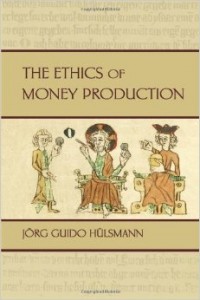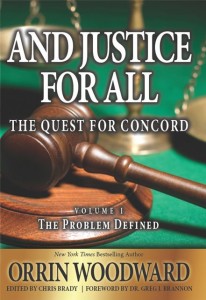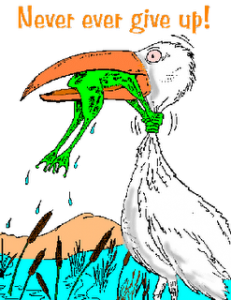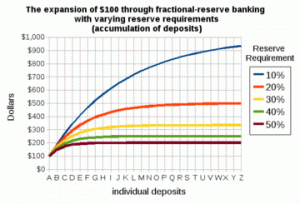My twenty years of research into the political, economic, and social histories of state and society have revealed some startling discoveries. In essence, the aristocratic elites of every generation have developed control matrices to exploit the productive capacity of the masses. Indeed, one of the first clues came from reading French political philosopher Bertrand De Jouvenel. In his book On Power, he wrote, “Whoever does not wish to render history incomprehensible by departmentalizing it – political, economic, social – would perhaps take the view that it is in essence a battle of dominant wills (elites), fighting in every way they can for the material which is common to everything they construct: the human labor force. (masses)” (parenthesis mine) In other words, the aristocratic elites (dominant wills) seek methods to control masses (human labor) production. labor.
With this perspective, I reviewed the economic field where I noted the classical economist were the first to identify the three factors of all production – labor, land, and capital. John Stuart Mill, for instance, wrote, “The Law of the Increase of Production Depends on those of Three Elements— Labor. Capital, and Land.” When I combined these two concepts together, it became clear that in order for the elites to control the masses production, they must do so through controlling the three factors of production – labor, land, and capital. Invariably, this theory of control is confirmed by history.
The Financial Matrix, in other words, is not the first matrix of control. On the contrary it is the third one based upon the three factors of production. In reality, most of the readers (assuming you didn’t sleep through history class) already know about the other two matrices of control – the Physical Matrix (human slavery) and the Land Matrix (feudal serfdom). Paradoxically, although Western Civilization’s founders (the Greeks and Romans) wrote about liberty and justice extensively, they hypocritically exercised a Physical Matrix to enslave their defeated foes. The slaves were forced to do the manual work in society since the classical civilizations thought physical work only worthy of slaves. This allowed the ancients the leisure to speak, write, and lead while the slaved toiled away in the Physical Matrix. Indeed, the preferred method of control throughout the classical period was the Physical Matrix until Christianity permeated the Roman Empire.
Christianity changed the social norms of the late Roman society. Whereas slavery for conquered nations was acceptable previously, Christianity taught that all men were created equal before an almighty God and that fellow-believers were all brothers and sisters in Christ. Of course, enslaving one’s brother or sister became increasingly difficult to justify (unfortunately, the same cannot be said for infidels). Thus, the Physical Matrix collapsed under its own weight. Naturally, with the loss of the Physical Matrix, the aristocratic elites sought another control matrix to replace it. With labor no longer controllable, moving to the next factor of production (land) seemed like a reasonable course of action and the Land Matrix was born – feudal serfdom.
The elites simply moved the matrix of control from the Physical Matrix to the Land Matrix. Because they owned all the land, the aristocratic elites (princes, kings, and lords) forced the serfs to pay rent to the lord who owned the land. The serfs, not strong enough to resist the powerful lords and having no other options simply complied. By surrendering around half of their agricultural production plus agreeing to work the lord’s fields several days a week, the serfs were permitted to live on the lord’s land. Although, the people were no longer slaves, they were not much better off since they had no freedom of movement and were taxed over 50% of their productive capacity. Feudalism may have ended slavery (Physical Matrix) in most of Europe, but only to turn the people into serfs (Land Matrix).
During the late middle-ages, the reintroduction of gold and silver changed the economics of feudalism. The serfs no longer needed to live on the lord’s land in order to survive. Instead, serfs began moving to the growing cities where in the city air, the bakers, butchers, and candlestick makers could live free by selling their services for money. They, in turn, could then use their accumulated money to purchase other necessary items to survive. This development freed the serfs from the land and the subsequent economic losses caused the Land Matrix to collapse. Both the Physical and Land Matrix were now history, however, there was still one other factor of production left, namely, capital. Not surprisingly, for nearly four hundred years (from the early 1500’s through the early 1900’s) a battle raged between the elites and the masses to determine whether money would be set by the market (gold standard) or set by the controlling elites.
Sincerely,
Orrin Woodward – LIFE Leadership Chairman of the Board














